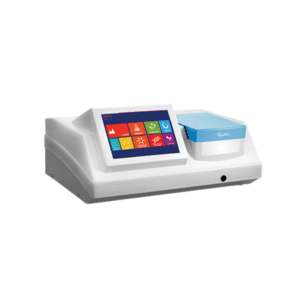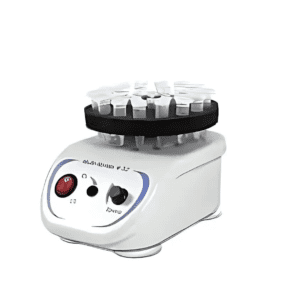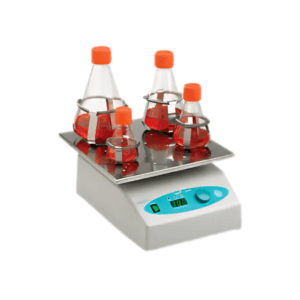Fume Hoods
Description
A fume hood, also known as a laboratory chemical hood, is a ventilated enclosure within a laboratory designed to limit exposure to hazardous or toxic fumes, vapors, and dust. By drawing air into the hood and exhausting it outside or through filtration systems, fume hoods help prevent the inhalation of harmful substances, safeguard laboratory personnel, and maintain air quality within the workspace.
Types of Fume Hoods:
- Ducted (Traditional) Fume Hoods: These hoods expel contaminated air directly outside the building through ductwork, ensuring that hazardous fumes are removed from the laboratory environment.
- Ductless (Recirculating) Fume Hoods: Equipped with filters, these hoods clean the air of contaminants before recirculating it back into the laboratory, eliminating the need for external ducting.
Key Features:
- Sash Mechanism: A movable barrier (typically glass) that can be adjusted to control the opening size, balancing user access with containment efficiency.
- Airflow Monitors: Devices that provide visual or audible alerts when the hood’s airflow falls outside safe parameters, ensuring continuous protection.
- Work Surface: The base area inside the hood, often made from materials resistant to chemicals and heat, facilitating safe handling of experiments.
- Selecting a Fume Hood:
When choosing a fume hood, consider the following factors: - Size and Configuration: Select a hood that accommodates the scale of your work and fits within your laboratory’s spatial constraints.
- Airflow Requirements: Ensure the hood provides adequate face velocity (typically 80–100 feet per minute) to effectively contain contaminants.
- Material Compatibility: Choose a hood constructed from materials resistant to the chemicals you plan to use.
- Compliance Standards: Verify that the hood meets relevant safety and performance standards, such as those set by ANSI and ASHRAE.
Maintenance and Safety:
Regular maintenance is crucial for optimal fume hood performance:
- Inspection: Periodically check for physical damages, such as cracks or gaps, that could compromise containment.
- Performance Testing: Conduct airflow and face velocity tests to ensure the hood operates within safe parameters.
- Cleaning: Keep the interior free from chemical residues and debris to prevent reactions and maintain airflow efficiency.
- By integrating appropriate fume hoods into laboratory settings, institutions can uphold high safety standards, protect personnel, and ensure compliance with health regulations.





